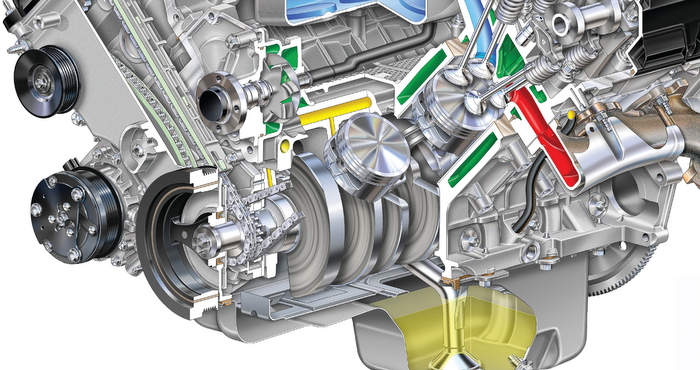Identifying The Correct Alternator Pulley
Replace the OAD and tensioner with the belt as part of a mileage-based service. Sponsored by Litens.
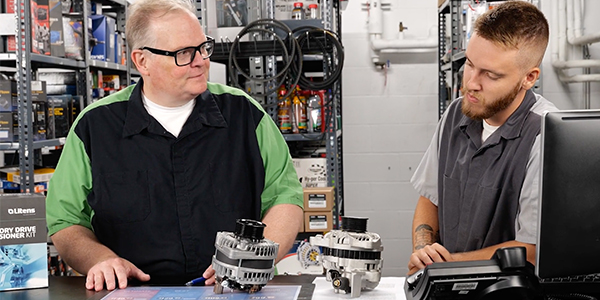
VIDEO: What Wears Inside A Decoupler Pulley?
We show you what’s inside both OAP and OAD decoupler pulleys. This video is sponsored by Litens.

VIDEO: The Difference Between An OAD, OAP Alternator Pulley
We take a look at what is actually inside of each pulley. This video is sponsored by Litens.

Alternator Pulley Diagnostics
When faced with an illuminated charge light diagnosis on most late-model vehicles, do not automatically assume the problem is inside the alternator and potentially unserviceable.

VIDEO: The Damage-Free Belt Tensioner Job
Andrew Markel offers quick tips to ensure a belt tensioner replacement and installation job goes smoothly without causing any damage. Sponsored by Litens.
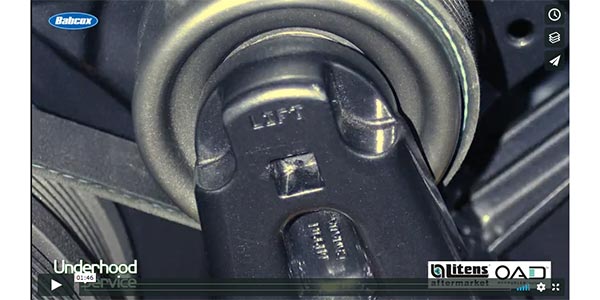
Servicing Decoupler Pulleys
Alternator pulleys are not so simple anymore. Many late-model vehicles are equipped with special pulleys that are engineered to reduce NVH (noise, vibration and harshness) and extend the life of the alternator. An Overrunning Alternator Pulley (OAP) has a one-way clutch mechanism inside the hub that allows the belt to turn the alternator in one direction, but allows the alternator to “free wheel” and spin at its own speed when the engine suddenly decelerates.
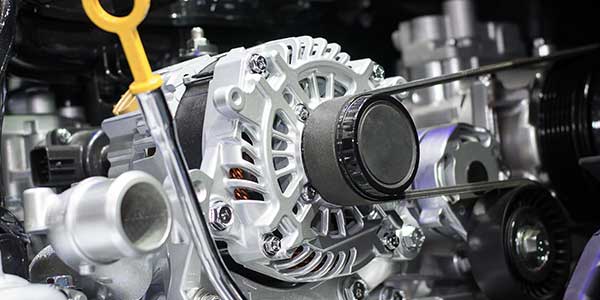
Selling the Complete Serpentine Belt Job
Technicians and customers have pretty much accepted that the accessory serpentine drive belt should be replaced between 90,000 to 100,000 miles. It is a “slam dunk” sale to just replace the belt, but does that replacement belt have the same chance to survive the same mileage? Chances are in the next 90,000 to 100,000 miles
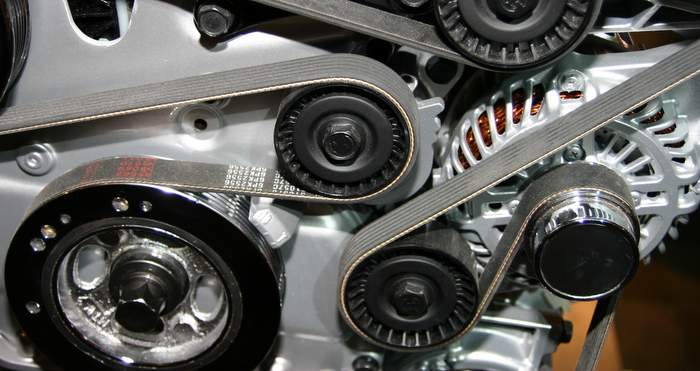
Harmonic Dampeners: Why They Fail, What to Look For
Every time a cylinder fires, the crankshaft speeds up a very small amount for a short period of time. It is then slowed down as the next cylinder in the firing order compresses air and fuel for the next combustion event. The speeding up and slowing down of the crankshaft produces torsional vibration or twisting
